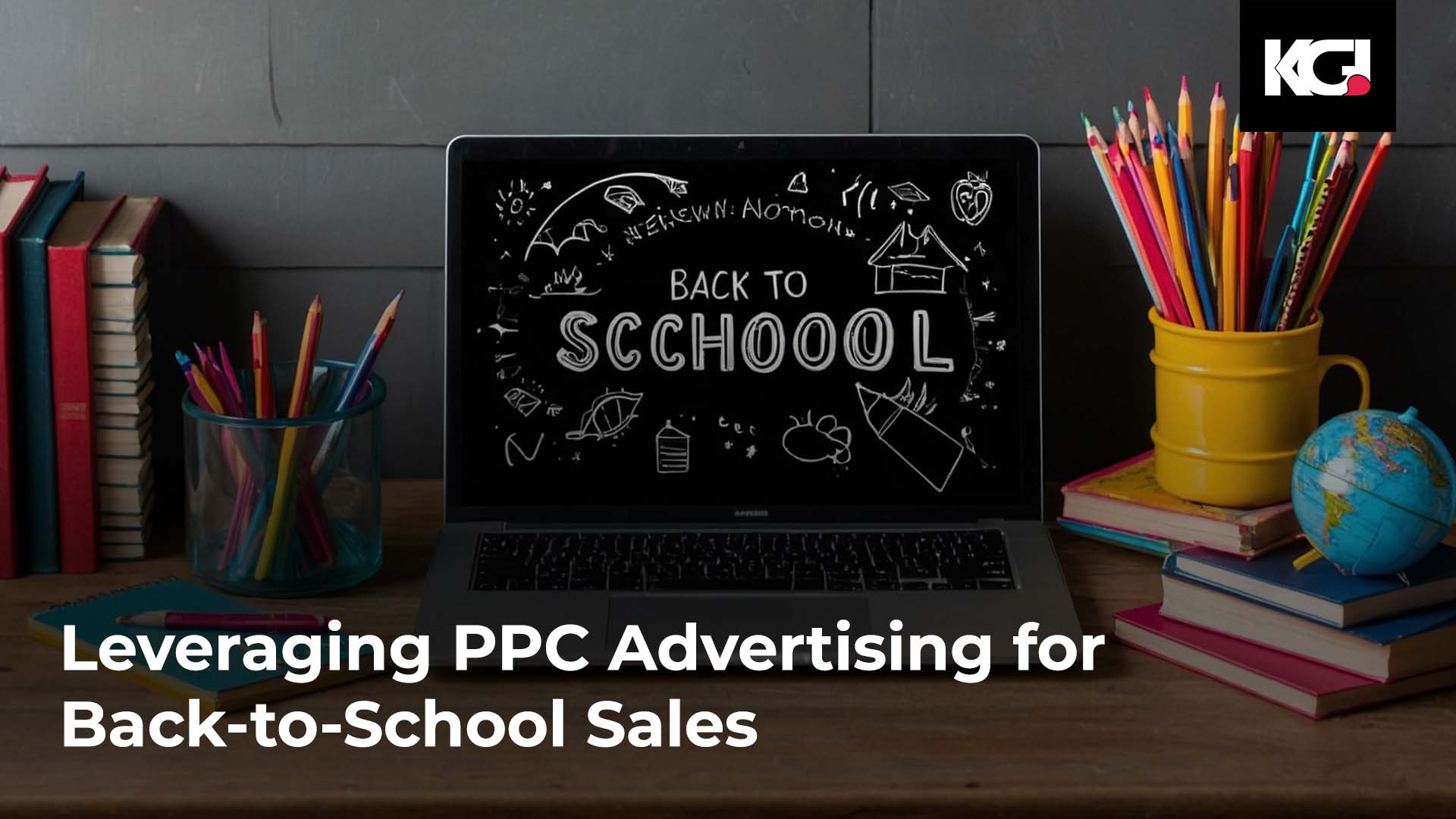The back-to-school season is one of the most critical periods for retailers, brands, and agencies alike. Parents, students, and educators are on the lookout for the best deals on school supplies, clothing, and technology. To capitalize on this surge in demand, Pay-Per-Click (PPC) advertising can be a highly effective strategy. This guide will help you understand how to leverage PPC advertising to boost your back-to-school sales.
1. Understand Your Audience and Set Clear Goals
Before launching your PPC campaign, it’s essential to understand your target audience. Are you targeting parents shopping for elementary school supplies, college students looking for dorm essentials, or teachers purchasing classroom materials? Each group has unique needs, and your campaign should be tailored accordingly.
Once you have a clear understanding of your audience, set specific, measurable goals for your campaign. Whether you aim to increase website traffic, boost online sales, or drive foot traffic to physical stores, having well-defined goals will guide your PPC strategy.
2. Conduct Keyword Research
Keyword research is the cornerstone of any successful PPC campaign. Identify the search terms your target audience is likely to use when looking for back-to-school products. Use tools like Google Keyword Planner, Ahrefs, or SEMrush to find high-volume, relevant keywords.
Consider using a mix of broad, phrase, and exact match keywords to reach a wider audience while maintaining relevance. Long-tail keywords like “best back-to-school laptop deals 2024” or “affordable school supplies for middle school” can help you attract more qualified leads.
3. Create Compelling Ad Copy
Your ad copy is what will ultimately entice users to click on your ad. Focus on creating compelling, concise, and action-oriented copy that highlights the value of your products. Use strong calls-to-action (CTAs) like “Shop Now,” “Get the Best Deals,” or “Limited Time Offer” to encourage immediate action.
Make sure to incorporate your target keywords naturally into your ad copy, and emphasize any unique selling points (USPs) such as discounts, free shipping, or exclusive offers. For example, “Save 20% on All Back-to-School Essentials – Shop Now!”
4. Utilize Ad Extensions
Ad extensions are a powerful way to enhance your PPC ads and provide additional information to potential customers. Use site link extensions to direct users to specific pages on your website, such as “Backpacks,” “School Supplies,” or “College Essentials.”
Other useful ad extensions include:
• Call Extensions: Encourage users to call your store directly for more information or to place an order.
• Location Extensions: Provide the address of your physical store to drive in-store traffic.
• Price Extensions: Showcase your product prices directly in the ad to attract cost-conscious shoppers.
5. Segment Your Campaigns for Better Targeting
To maximize the effectiveness of your PPC campaigns, segment your ads based on different audience segments, product categories, or geographic locations. For example, you could create separate campaigns for elementary school supplies, high school fashion, and college dorm essentials.
Geotargeting is another effective strategy, especially if you have physical store locations. By targeting specific cities or regions, you can tailor your ads to local preferences and drive more relevant traffic.
6. Leverage Retargeting
Retargeting is an essential component of any PPC strategy, especially during the back-to-school season when consumers are likely to browse multiple options before making a purchase. Retargeting ads allow you to re-engage users who have previously visited your website but did not complete a purchase.
Use dynamic retargeting to show personalized ads featuring the specific products users viewed on your site. This can significantly increase the chances of converting window shoppers into buyers.
7. Optimize Landing Pages
Your PPC ad is only as effective as the landing page it leads to. Ensure that your landing pages are optimized for conversions by focusing on user experience, load speed, and mobile-friendliness. The landing page should be directly related to the ad, with clear CTAs and easy navigation.
For back-to-school campaigns, consider creating dedicated landing pages that showcase your seasonal products and promotions. Highlight popular items, offer discounts, and include testimonials or reviews to build trust.
8. Monitor and Adjust Your Campaigns
PPC advertising is not a set-it-and-forget-it strategy. Regular monitoring and adjustment are crucial for success. Use platforms like Google Ads or Bing Ads to track the performance of your campaigns, including metrics like click-through rate (CTR), conversion rate, and return on ad spend (ROAS).
Based on the data, make necessary adjustments to your bids, keywords, ad copy, or targeting to improve performance. Consider A/B testing different versions of your ads to determine which resonates best with your audience.


